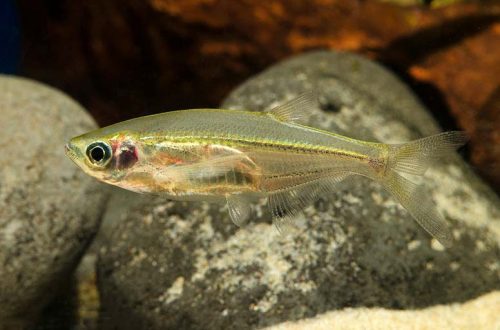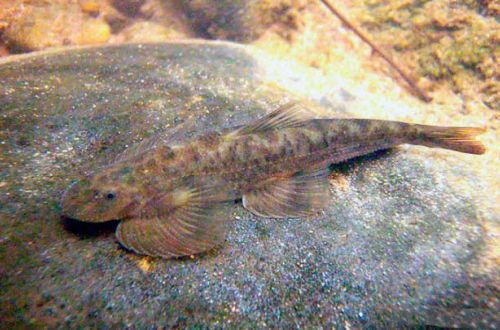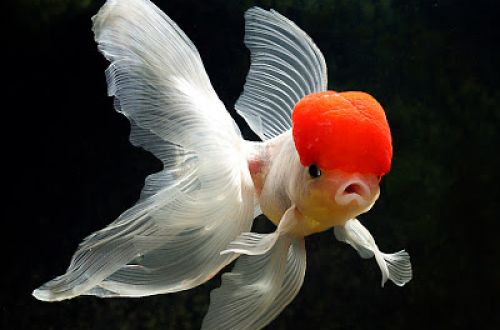
blue neon
Neon or Blue Neon, scientific name Paracheirodon innesi, belongs to the Characidae family (Characinidae). One of the most popular aquarium fish. At one time, in the distant 30s, it made a splash – a beautiful and at the same time unpretentious fish appealed to many lovers. Since then, interest in it has not faded for many decades.
There are several related species that have a similarly long history and devoted following among aquarists, these species include the Cardinal Tetra and the Black Neon. They are similar in shape, but differ in color and size.
Brief information:
- The volume of the aquarium – from 40 liters.
- Temperature – 20-25°C
- Value pH — 5.0–7.0
- Water hardness – from very soft to soft (1-10dH)
- Substrate type – sandy
- Lighting – subdued
- Brackish water – no
- Water movement is weak
- Size – up to 4 cm.
- Meals – any
- Life expectancy – from 5 to 8 years
Contents
Habitat
Wild populations live in South America, inhabiting slow-flowing rivers and streams flowing under the canopy of tropical forests, from which reservoirs are practically not illuminated by sunlight. Neons prefer shallow and middle layers of water, feed on worms and small crustaceans.
Currently, all fish presented in the retail network are artificially bred, most of them are supplied from Eastern Europe and the Far East.
Description
An elegant miniature fish, reaching a length of no more than 4 cm. Outwardly, it resembles the Cardinal tetra because of the stripes on the body. The blue stripe runs all over the body, while the blue neon’s red stripe ends in the middle of the body. In addition, this view is somewhat smaller.
Food
With pleasure he consumes all types of dry industrial feed, preferably crushed, because the fish is small and unable to master large pieces. You can diversify the diet with live food – daphnia, bloodworms, etc.
Maintenance and care
The content is simple, the main thing is to prepare soft and acidic water and set up good filtration. The best option is to use a canister filter, it does not create excessive water movement and effectively cleans. Since the fish are small, they can be sucked into the filtration system, so the water intake points should be secured, for example, by putting sponge caps on them. Use peat elements as a filter material, this will acidify the water. Other necessary equipment includes: aerator, heater, low power lighting system (Neons do not like bright lights).
In the design, he explores to give preference to dense thickets of plants located compactly along the side and back walls of the aquarium. The presence of several floating plants is welcome. The soil is dark, sandy with several hiding places in the form of snags, intertwined roots, etc. You can put a few dry leaves on the bottom, they will color the water light brown, which mimics the natural habitat. Leaves should be replaced every two weeks.
Social behavior
Neons are great for most peaceful small fish and should not be kept with large and/or aggressive species. The content is schooling, at least 6-8 individuals, with a single content or a pair, the fish lose their tone and color, the life span is noticeably reduced.
Sexual differences
There are not many differences, mainly in the drawing. The male looks slimmer, has a straight blue line, in the female it is curved.
Breeding / breeding
Neons are difficult to breed in home aquariums, in addition to suitable conditions, couple compatibility is also required, and if the first can be done, then choosing the right male and female is akin to a lottery.
Diseases
In a clean healthy aquarium, diseases are not a problem, the main source of them is deteriorating conditions and contact with sick fish. Read more about symptoms and treatments in the Aquarium Fish Diseases section.





